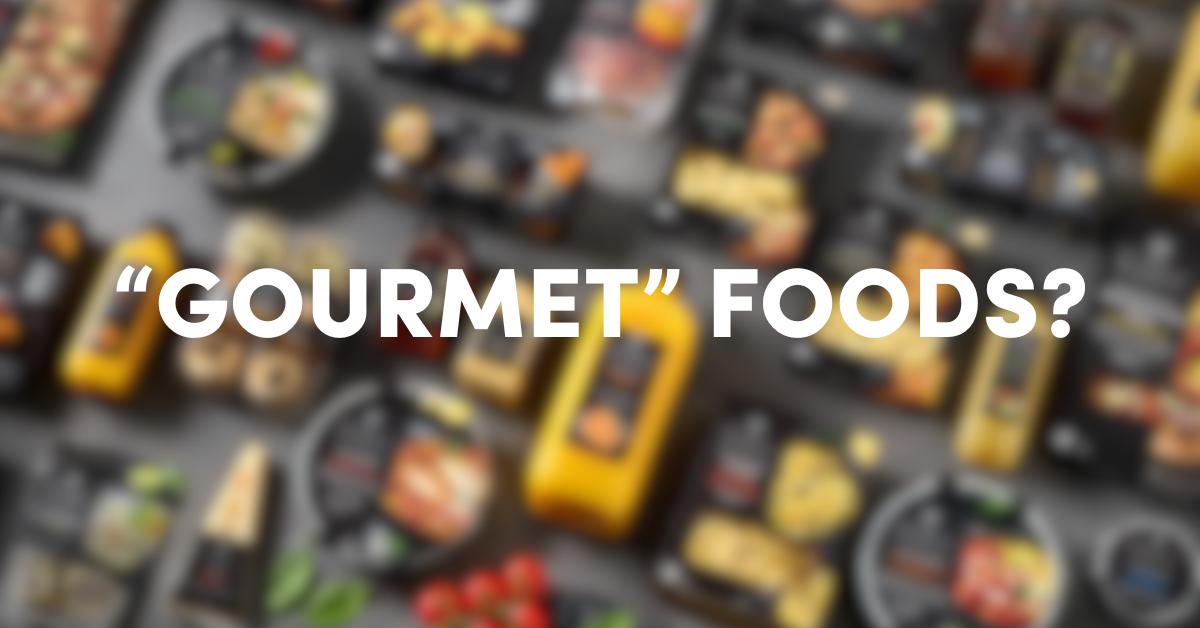



The history of medicine at best is assorted. Just 100 years ago medicine consisted of alcohol, opium, heroin, morphine, cocaine and cannabis. The history is clearly talked about in the book Pharma: Greed, Lies, and The Poisoning of America by Gerald Posner. A worthwhile read.
There have been disasters in medicine, like thalidomide, but also life savers, like insulin – and then everything in between. It’s not an industry that is out to kill but rather to help save lives, but it is an industry that has taken over healthcare.
The mantra seems to be ‘eat anything you want, be neglectful in your lifestyle and when you get a symptom, come on in for the miracle medicine. Pop a pill and you’ll be better’. But the symptom is not always the best place to start. The cause is probably a more important part of the equation.
It’s more the norm than the exception to the rule to give a medication for a symptom rather than looking at the cause. Babies, children, teenagers, adults and the elderly are all targeted.
How Pharmacy Has Changed
When my dad was a pharmacist back in the 50s the people that took most of the medications were the elderly (although he has memories of a cousin in his twenties dying from a reaction to penicillin).
He recalls that his change of career from pharmacy to chiropractic was punctuated by two incidences.
The first, when a lady in her seventies, spritely and without much malaise, entered his pharmacy for a medication. It was her first. Over the ensuing year, she kept coming back for more and more medications prescribed by her doctor. He realised that many of the prescriptions were for side effects of previous prescriptions.
The second incidence was a middle-aged man who took Pepto-Bismol for his indigestion. One day my father realized, after greeting him in the street, that he hadn’t been in to get more of his medicine. The man told my father that he had gone to the ‘quack’ up the road and had fixed his indigestion and there was no more need for the pink medicine. The ‘quack’ up the road was a chiropractor. Being curious, my dad went to see him and was convinced that this was where he wanted to go in health care. He travelled to Iowa, USA, and studied to become a chiropractor.
I was bought up with the fear of medicine. It would have to be an emergency situation before my dad would allow any medications. He believed fevers, colds and pains all primed the body for bigger pains and bigger diseases in life. We did not take a pill for anything.
My siblings and I were also not tempted by psychedelic drugs when we reached our teens, even though they were at every party at university as well as offered to me toward the end of my high school years.
My father believed that we will never get rid of the drug problem in the street until we get rid of the drug problem in the home. The drug problem we have in the home is far worse than what we have on the streets, it’s just not recognised until you see the statistics: The average Australian who lives to their mid-seventies will pop 48,000 pills in their lifetime. Someone is popping my share, therefore some are popping more than others.
Impact of Pharmaceuticals in the Home
A new study has come out that shows that the taking of what is assumed as a ‘harmless’ painkiller, paracetamol, during pregnancy has an increased chance of delivering a child with autism spectrum symptoms and ADHD.
Before I talk more about the study, it’s important to pause and realise that we are all individuals and that is why not 100% of children born to women who took paracetamol during pregnancy have autism or ADHD. Microbiologists believe that it has a lot to do with the health and status of the microbiome.
Microbiome status can determine whether a drug has efficacy and/or toxicity in a given patient and it can determine the physiological response to certain foods and supplements.
The microbiome is diverse and every week we learn something new, but we don’t know everything yet. The modern world is eroding a healthy microbiome status and it is only by looking at people who are not exposed to ultra-processed foods and chemicals that we begin to have an idea of what a healthy microbiome might look like.
We are still a long way from testing the status of a microbiome and declaring the human that holds the microbes is safe for vaccines, pharmaceuticals and toxins in the environment, or the opposite in that they are vulnerable and caution should be heeded.
Paracetamol is also called Acetaminophen. It’s interesting to note that the description of this drug says that it is an analgesic (pain reduction) and antipyretic (fever reduction), although the exact mechanism through which it works has yet to be determined. There is a belief that acetaminophen may inhibit the nitric oxide pathway, thereby increasing the pain threshold.
Nearly 74,000 mothers were assessed in the recent study (May 2021). The exposure of prenatal and postnatal children (up to 18 months) to acetaminophen was assessed through a maternal questionnaire or interview.
Results indicated that children prenatally exposed to acetaminophen/paracetamol were 19% and 21% more likely to subsequently have borderline or clinical autism and ADHD symptoms compared to non-exposed children. The children’s exposure to acetaminophen postnatally was not associated with autism and ADHD. These results replicate previous work and support providing clear information to pregnant women and their partners about potential long-term risks of acetaminophen use.
I did not see this as front page news in our major national paper, warning pregnant women not to take this painkiller. Another interesting fact is that this study has taken well over a decade for the findings to come to light. Children as old as 12 were assessed. Yet an untested human experimental vaccine is being promoted for pregnant women. In my way of thinking this is malpractice at best.
Exposure of an unborn fetus to paracetamol is vastly different to exposure after birth, therefore the consequences to the unborn child of an experimental vaccine may not be seen for another decade. How many of our children may have serious mental and physical health consequences? Time is our only gauge. It saddens me to think that this is happening to our vulnerable babies.
The dietary considerations for pregnant women are also interesting. They can’t have white cheeses and one-day-old chicken, but vaccines and pharmaceuticals are okay. Where is the logic in this?
I understand with food it is all about the listeria, but the introduction of listeria when the microbiome status is healthy poses no threat, as opposed to when it has been decimated.
I also understand that sometimes there is a need to medicate for the health and safety of the mother, but we should limit exposure to medications, vaccines, agricultural chemicals, toxic personal care products and ultra-processed foods for the pregnant women.
Commonsense and a midwife’s/obstetrician’s advice should be upheld to ‘first do no harm’.
Cyndi O’Meara



We`ve been back to the Changing Habits farm since filming these videos and the chop and drop has been chopped and dropped. Cyndi`s family (and us here in the office) are enjoying the fruits of her labour, literally!

Learn the truth about industry lobbying, twisted food pyramids and what money can take away or add to the health industry with our Functional Nutrition Essentials course.
↳ follow the link in our bio

Respect your life, your body and your relationship with health through every choice you make. How do you honour your relationship with health?

Postbiotics are not like prebiotics or probiotics. They`re a naturally developed bacteria in your gut that help support your gut health, immunity and reduce inflammation. Your body creates postbiotics when it is filled with enough of the positive probiotics in your gut. Did you know about postbiotics?

For something different, try The Nutrition Academy`s Functional Nutrition Essentials course. Learn more than what they teach you at school, at university or via media marketing. Learn the truth which has sustained humans for generations.
↳ follow the link in our bio

Become more than a statistic with The Nutrition Academy.
↳ follow the link in our bio

There are more things that meet the eye going on in your amazing body. Make sure you`re giving it the care it deserves by being mindful about what you`re taking in and how it impacts you.

We are officially closing enrolments for the assessment-based Functional Nutrition course, for the last time EVER. Once you enrol, you have until January 1st 2027 to complete it. If you`ve ever been on the fence about our flagship course, now is the time to do it.
↳ follow the link in our bio

Just like happiness, financial freedom, and a happy marriage, it`s not something you achieve, it`s something you nurture every day. How do you nurture your wellness?

Do you check the back of your low or no added sugar, naturally sweetened or low calorie foods to get a real sense of what`s in your food? Erythritol is one of many sugar alcohols made in a lab that add low-value nutrients, or even anti-nutrients, to your food.

Are you looking for the opportunity to make informed, critical choices for your health and the health of your loved ones? Study the Functional Nutrition Essentials course.
↳ follow the link in our bio

Many cultures around the world use the hot and cold to their natural advantage, to regulate the nervous system, assist with hormone production, weight management, even better skin and hair health. How do you use temperature to regulate your body?
